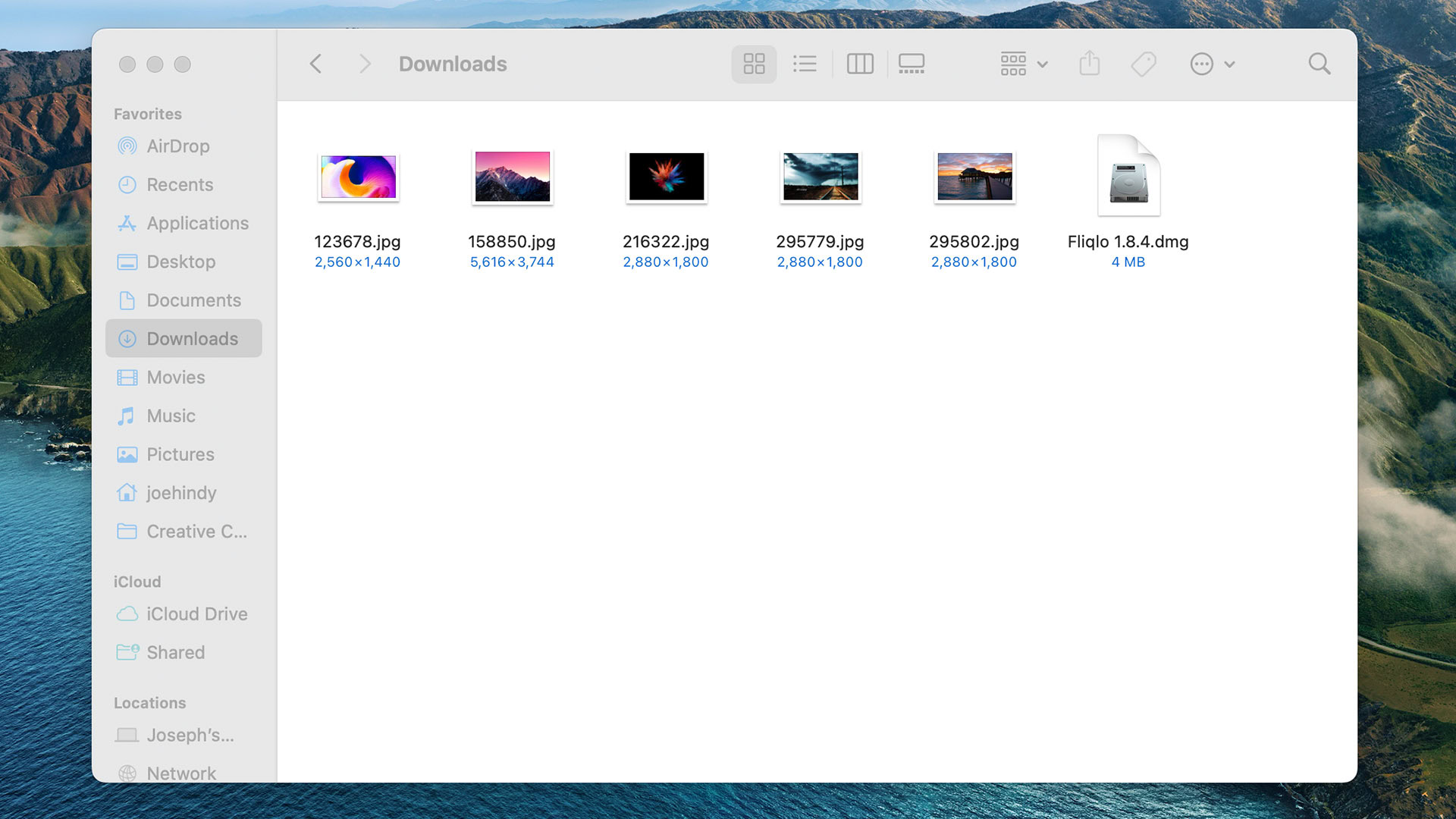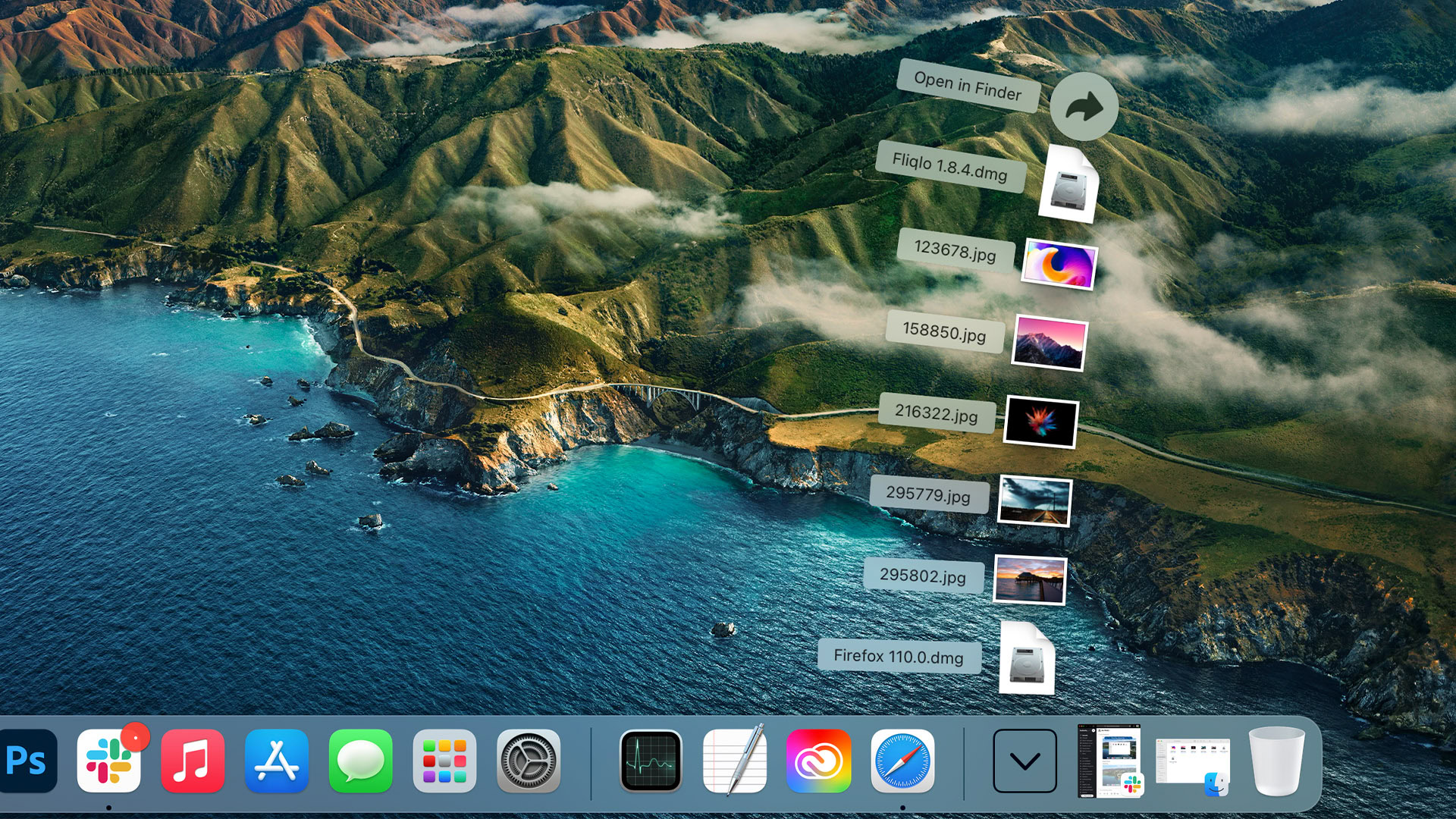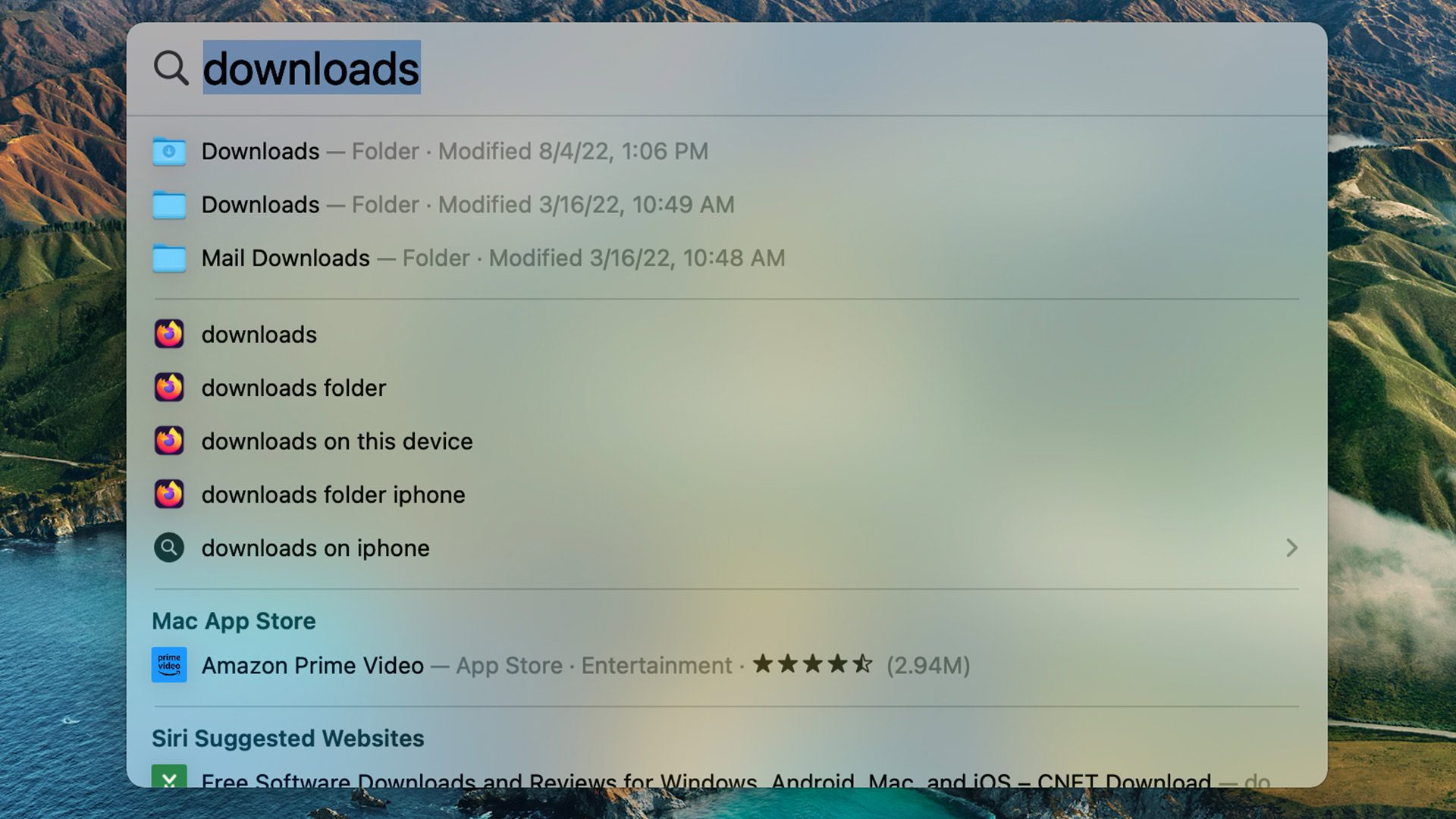Affiliate links on Android Authority may earn us a commission. Learn more.
How to find and delete downloads on any Mac
Published onFebruary 15, 2023
Managing your downloads is an important task on any device. They pile up over time, you forget that they’re there, and they can take up a ton of space. Luckily, macOS makes it pretty easy to manage your downloads with just a few clicks. In this tutorial, we’ll check out how to find and delete downloads on any modern Mac.
Please note that browsers like Safari, Chrome, and Firefox will download items to the downloads folder by default unless you expressly tell them to download the file elsewhere. The below methods work for very nearly all downloads.
This may help too: How to select multiple files on Mac
QUICK ANSWER
To find and delete downloads, first open Finder, and then select Downloads from the left margin. From there, select and delete the files you don't want anymore. Finally, right-click (or double-click on Macbooks) on the Trash icon and select Empty Trash.
JUMP TO KEY SECTIONS
How to find the download folder and delete downloads

Finding your downloads folder is supremely easy on macOS. Here’s how it’s done.
- Open Finder.
- In the left margin, select Download. This opens your download folder.
- Select the file or files you want to delete. Tap the Delete button to move them to your Trash.
- Finally, right-click (or double-click on Macbooks) on the Trash icon on your dock and select Empty Trash.
- Note — Once you empty the trash, the files are permanently deleted. Please make sure you have a backup or that you truly don’t need the files anymore before deletion.
That’s it. You can now successfully navigate to your download folder and delete files. Your download folder is the default download location for most apps, including web browsers, so this is also where you find Safari’s downloads, Chrome’s downloads, and even Firefox’s downloads.
Get to your download folder from the dock

If you’ve accessed your download folder recently, it may show up in the dock. This is how to access downloads from the dock. Use the screenshot above as a reference.
- Mouse over the recent items in your dock along the right side. The label for each item should pop up after a moment.
- If you see Download, click on that icon. It’ll open a column of items.
- At the top of that little column, you’ll see Open in Finder. Click it.
- The downloads folder will open.
- Proceed to access or delete downloads as necessary.
How to find downloads by using Spotlight Search

Spotlight Search is a handy way to find things quickly, and that includes your download folder. Here’s how to access your downloads with Spotlight Search.
- Hit Command+Spacebar to open the Spotlight Search.
- Type Downloads in the search bar and hit Return.
- The download folder should open.
- Tip — If the download folder doesn’t open, repeat the above steps, but instead select the topmost Downloads folder option from the list after typing in Downloads. That should open it.
- From there, access or delete downloads as necessary.
Read next: How to download Netflix shows on Mac
FAQ
Safair, Chrome, Firefox, and most other browsers will download files to your default download folder. Safair may download images to your Documents folder sometimes if you tell it to. If you downloaded something and can’t find it, either use the search or check your Documents folder. You can access the documents folder the same way as the downloads folder. Just look for documents instead of downloads.
Use Finder to open your download folder. Find your other folder in the left margin and right-click (or double-click on Macbook) and select Open in New Tab. Drag the file from the download folder to the other folder’s tab.
In the terminal, type cd Downloads and hit return. Terminal should be in the download folder after that.